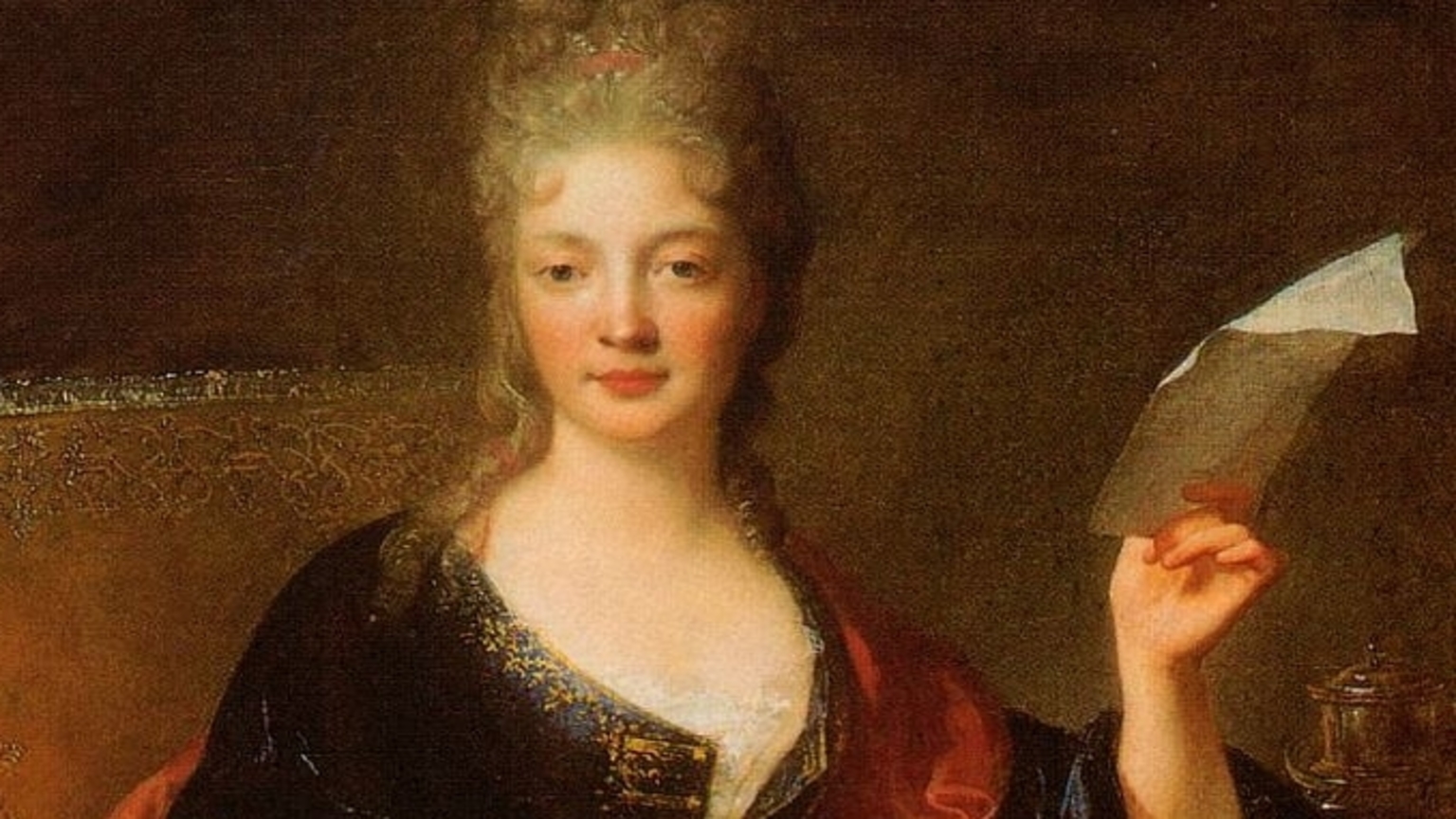The birth of pop: How catchy, disposable songs came to dominate the music industry

- By 1900 industrial processes had begun to reshape all lives and all culture. Popular music was about to be transformed.
- Stephen Foster in the mid-1800s was the first writer of songs that were recognizably pop, tunes that would later be performed by artists ranging from Nat King Cole to the Beatles without anyone noticing that they were more than 100 years old.
- By the turn of the century, the classical canon, folk songs, and ballads were being crowded out by Tin Pan Alley.
Excerpted with permission from Let’s Do It: The Birth of Pop Music: A History, written by Bob Stanley and published in 2022 by Pegasus Books.
One of the things that strikes you when you look at the world at the turn of the twentieth century, on 1 January 1900, is how surprisingly modern it was. There was refrigeration, central heating, telephones; cars and airplanes were just around the corner. It was a different world, but still a very recognizable one. By 1900 industrial processes had begun to reshape all lives and all culture. Popular music was not immune, and it was about to be transformed.
There was mass production in all things; this was a driving force in increased piano sales in both Britain and America between 1870 and 1910. Tens of thousands of pianos in the pubs and drawing rooms of Britain were provided by massive factories in Kentish Town, north London. Historian Ann Douglas has said that piano literacy was almost as high as print literacy among wealthier American women. It was a sign of affluence and culture. In New York, the Gershwin family acquired a piano in 1910, which was hoisted through the window onto the second floor of their home, originally for their son Ira. As a result, in Britain and America the sheet-music industry obligingly filled a vacuum. The piano in the parlour became more viable once mass production brought down the cost of sheet music: in the 1890s it was still common for a copy of a popular song to set you back four shillings, but by 1900 you had the “sixpenny songsheet.”
There were record companies too, which – once someone had the bright idea to affix a piece of paper to the blank circle in the centre of a disc – also became known as record labels. Thomas Edison had discovered recorded sound in 1878, but it wasn’t until 1894 that he finally agreed that the ‘talking machine’ or ‘phonograph’ that played and recorded on wax cylinders was a medium of entertainment rather than a stenographer’s aid or dictating machine. Throughout the 1890s he was engaged in legal, patent and copyright disputes with the German-born inventor Emil Berliner, who had come up with the flat “gramophone” disc. The key to making it a commercial prospect was duplication. Berliner discovered that if he made a “negative” metal disc from the original recording and used this negative stamper to press records, then he could go into business. In 1901 the biggest American label, Columbia Records, which until then had been using Edison’s wax cylinders, adopted Berliner’s more convenient 78 revolutions per minute 10-inch discs, and the format of the age – right up to the rock ’n’ roll era – was set.
The advent of recorded sound and talking machines also gave us the earliest days of the music press. Early gramophone magazines, when sales of 78s were low and slow, read much the same as they would in the 1960s. Phonoscope (US, 1896), Sound Wave and Talking Machine News (UK, both 1906) all featured lists of new releases and reviews of this week’s 78s, and they give a strong idea of what “popular music” meant at the dawn of the recording industry: band favorites, military and otherwise; classical orchestral music; arias, operas, operettas and other musical shows; banjo duets; music-hall and minstrel songs; gospel; and, then as ever, popular ballads. Whistling solos were big at the turn of the century, as were vaudeville comedy routines. Recordings were apparently used in American schools to provide rhythms for marches, parades and assemblies.
1894 saw the first edition of an American trade magazine called The Billboard, a “monthly resume of all that is new, bright and interesting on the boards.” It wasn’t initially set up with the intention of covering the nascent music industry, which it didn’t venture into until 1904, but was instead “devoted to the interests of advertisers, poster printers, bill posters, advertising agents, and secretaries of fairs.” It included a page of “Bill Room Gossip” – by 1897 renamed “Stage Gossip” – which paved the way for what would later inform and dominate the British and American music press.
Popular music wasn’t invented with the gramophone and the 78. The first truly American songwriter, and one not scared to write about current affairs, was probably John Hill Hewitt, who wrote the most popular song of the 1820s, “The Minstrel’s Return’d from the War,” about a soldier torn between his girl and his country (150 years later, its theme would be revived on “Billy Don’t Be a Hero,” a transatlantic number one). Hewitt was quick to spot a trend, making him the first recognisable writer of American popular song. Opera was having a moment in the 1830s? He wrote “Gardé Vous,” for an operetta called The Prisoner of Rochelle. Swiss yodelling families were taking America by storm in the 1840s? Hewitt swiftly produced “The Alpine Horn” in 1844.
Most of Hewitt’s songs are barely remembered today, but Stephen Foster’s are: “O Susanna,” “Camptown Races,” “Swanee River,” “Beautiful Dreamer.” It’s hard to believe they were actually written, with a pen and ink, by a human being, and not just plucked from a tree. “Beautiful Dreamer,” especially, is ageless; if you were told it had been written in the 1930s by Rodgers and Hart, or in the 1960s by Sedaka and Greenfield, you wouldn’t flinch. Foster wrote it in 1862, a couple of years before he died. That was also the year in which the first stretch of the Thames embankment was built; a law was passed in Britain that meant violent robbery was to be punishable by flogging; and dear Otto von Bismarck gave his “blood and iron” speech about unifying Germany. Lord Palmerston was prime minister, meaning any public house called the Lord Palmerston had yet to be built. It was a very long time ago. (It was also the year George “Geordie” Ridley first sang “Blaydon Races” at Balmbra’s Music Hall in Newcastle-upon-Tyne, but more of that later).
Foster was the first writer of songs that were recognizably pop, tunes that would later be performed by Nat King Cole, the Byrds, Bing Crosby, the Beach Boys, Jerry Lee Lewis, Charles Ives, Mavis Staples, John Prine, Bob Dylan, Foghorn Leghorn, and the Beatles, without anyone noticing that they were more than a hundred years old. Foster even looks modern in photos. He tried to make a living as a professional songwriter when no such profession existed. John Hill Hewitt had taught young ladies how to play piano and written songs in his spare time, but Foster was determined to be an innovator. Unfortunately, his sheet music would be published by several different companies, and – still some decades away from secure publishing copyrights – there was little Foster could do to stop it. He couldn’t phone a rogue publisher in New York and ask what the hell was going on, because there was no such thing as a phone. Instead, he moved from Pennsylvania to New York, sold his songs for a pittance and fell into poverty. One day, he slipped and hit his head on the sink in his Bowery lodgings, gouging his head. He was taken to Bellevue Hospital, but they couldn’t save him because there were no blood transfusions yet, nor antibiotics. A man out of time, Foster died broke, aged thirty-seven, in January 1864.
New Yorkers Alexander and Thomas Harms set up one of the very first American music publishing companies in 1875. T. B. Harms & Co. stood out as it proudly sold contemporary popular music, rather than religious or classical, and sold it well. The success of songs like Paul Dresser’s “The Letter That Never Came” (1886) led other publishers to open offices near the Harms brothers, in and around Lower Manhattan’s Union Square. Max Dreyfus, who worked as an arranger for the brothers, bought them out in 1904 but kept the name, going on to turn T. B. Harms & Co. Inc. into a Broadway institution as the publisher for Jerome Kern, George Gershwin, Vincent Youmans, Richard Rodgers and Cole Porter. At one point in the 1930s the company would publish around 90 per cent of Broadway’s scores and show tunes.
In 1893 a Milwaukee songwriter called Charles K. Harris wrote a maudlin ballad about a couple’s misunderstanding called “After the Ball” and thought it had potential. Rather than sell it to the likes of T.B. Harms for an 85 cent payment, he published the song himself and then set about badgering established singers into performing it. First, it was shoehorned into an existing but failing show called A Trip to Chinatown, single-handedly transforming the musical into a hit. As a result, “After the Ball” became the first sheet-music million-seller.
Harris had started out with a little talent and a lot of neck. At the age of eighteen he had set up his own music publishing company at 207 Grand Avenue in Milwaukee. Outside hung a sign that proclaimed: “Charles K. Harris, banjoist and songwriter. Songs written to order.” When John Philip Sousa’s military band played “After the Ball” every day during a six-week engagement at the 1893 World’s Columbian Exposition in Chicago, the song’s popularity snowballed, and Harris decided to move his office to New York. The continued success of “After the Ball” was powerful enough to inspire other songwriters to do the same. Among his cheeky innovations, Harris was probably the first publisher to include a photograph of the singer on his sheet music. This both appealed to consumers and massaged the egos of the performers, endearing Harris to them even more.
The Wild West feel of the nascent American music industry, where foreign songs were routinely pirated and royalties were the stuff of myth, had come to an end with the International Copyright Act of 1891, otherwise known as the “Chace Act.” One of the first songs to benefit was “The Man That Broke the Bank at Monte Carlo,” written by one Fred Gilbert, who sold it for £50 to the singer who made it famous in Britain, Charles Coborn. William “Old Hoss” Hoey met Coborn on a trip to London and brought it back to the States, where his hoarse rasp of a voice made it an American hit. Coborn’s £50 was well spent: he made thousands from the song.
These new hummable, disposable songs were commercial and intended to squash the old established musics. The classical canon, folk songs and ballads were now competing with, and being crowded out by, the din of professional songwriters in the district of lower Manhattan that became known as Tin Pan Alley. This was popular music, mass-produced to order. It was “pop.”





